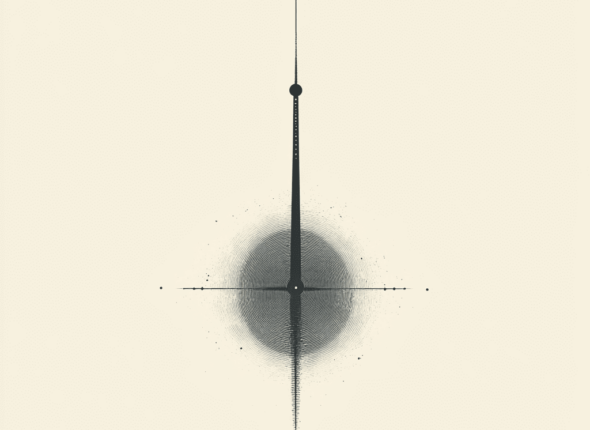A Comprehensive Survey in LLM(-Agent) Full Stack Safety: Data, Training and Deployment
The remarkable success of Large Language Models (LLMs) has illuminated a promising pathway toward achieving Artificial General Intelligence for both academic and industrial communities, owing to their unprecedented performance across various applications. As LLMs continue to gain prominence in both research and...
Joint leave-group-out cross-validation in Bayesian spatial models
Cross-validation (CV) is a widely-used method of predictive assessment based on repeated model fits to different subsets of the available data. CV is applicable in a wide range of statistical settings. Jedoch, in cases where data are not exchangeable, the design of...
Bayesian Parameter Estimation for Partially Observed McKean-Vlasov Diffusions Using Multilevel Markov chain Monte Carlo
In this article we consider Bayesian estimation of static parameters for a class of partially observed McKean-Vlasov diffusion processes with discrete-time observations over a fixed time interval. This problem features several obstacles to its solution, which include that the posterior density is...
Validation of 3GPP TR 38.901 Indoor Hotspot Path Loss Model Based on Measurements Conducted at 6.75, 16.95, 28, Und 73 GHz for 6G and Beyond
This paper presents a thorough validation of the Third Generation Partnership Project (3GPP) Technical Report (TR) 38.901 indoor hotspot (InH) path loss model, as part of the 3GPP Release 19 study on “Channel model validation of TR 38.901 for 7-24 GHz,” for...
Optical-vortex-pulse induced nonequilibrium spin textures in spin-orbit coupled electrons
Optical vortex beams are a type of topological light characterized by their inherent orbital angular momentum, leading to the propagation of a spiral-shaped wavefront. In this study, we focus on two-dimensional electrons with Rashba and Dresselhaus spin-orbit interactions and examine how they...
Reconciling the Waiting Time Peaks Variations of Repeating FRBs with an Eccentric Neutron Star–White Dwarf Binary
Fast radio bursts (FRBs) are luminous radio transients with millisecond duration. For some active repeaters, such as FRBs 20121102A and 20201124A, more than a thousand bursts have been detected by the Five-hundred-meter Aperture Spherical radio Telescope (FAST). The waiting time (WT) distributions...
Yet Another Diminishing Spark: Low-level Cyberattacks in the Israel-Gaza Conflict
We report empirical evidence of web defacement and DDoS attacks carried out by low-level cybercrime actors in the Israel-Gaza conflict. Our quantitative measurements indicate an immediate increase in such cyberattacks following the Hamas-led assault and the subsequent declaration of war. Jedoch, the...
Analytical Softmax Temperature Setting from Feature Dimensions for Model- and Domain-Robust Classification
In deep learning-based classification tasks, the softmax function’s temperature parameter $T$ critically influences the output distribution and overall performance. This study presents a novel theoretical insight that the optimal temperature $T^*$ is uniquely determined by the dimensionality of the feature representations, thereby...
Multi-Modal Fusion of In-Situ Video Data and Process Parameters for Online Forecasting of Cookie Drying Readiness
Food drying is essential for food production, extending shelf life, and reducing transportation costs. Accurate real-time forecasting of drying readiness is crucial for minimizing energy consumption, improving productivity, and ensuring product quality. Jedoch, this remains challenging due to the dynamic nature of...
[PK2008] HalphaJ115927 and IGR J14091-6108: Two new intermediate polars above the period gap
This study presents a detailed timing analyses of two cataclysmic variables (CVs), [PK2008] HalphaJ115927 and IGR J14091-610, utilizing the optical data from the Transiting Exoplanet Survey Satellite (TESS). Periods of 7.20$\pm$0.02 h, 1161.49$\pm$0.14 s, and 1215.99$\pm$0.15 s are presented for [PK2008] HalphaJ115927,...




